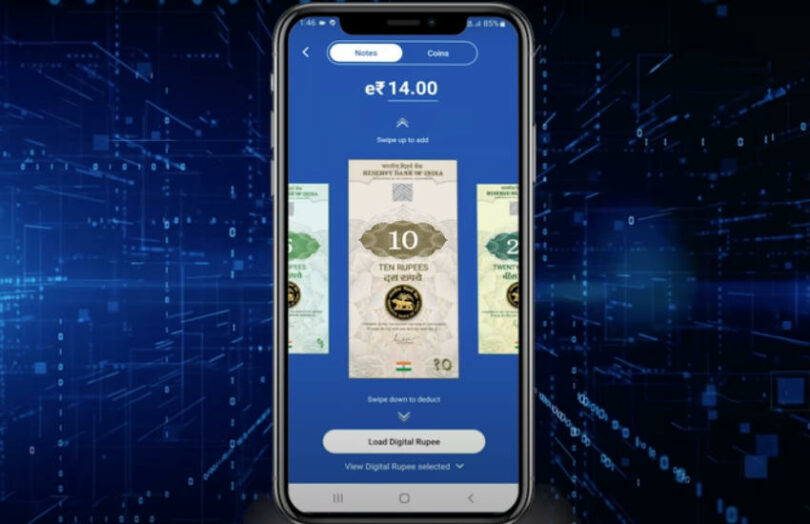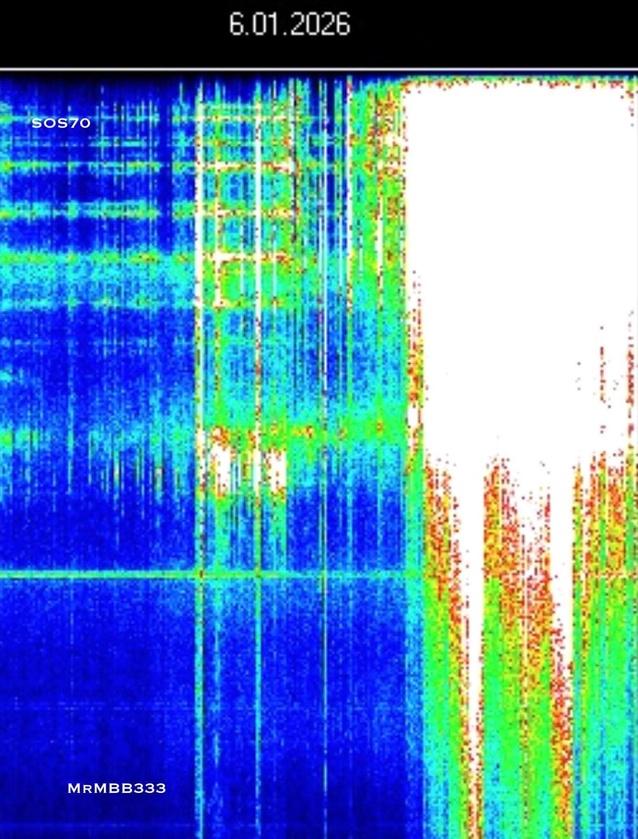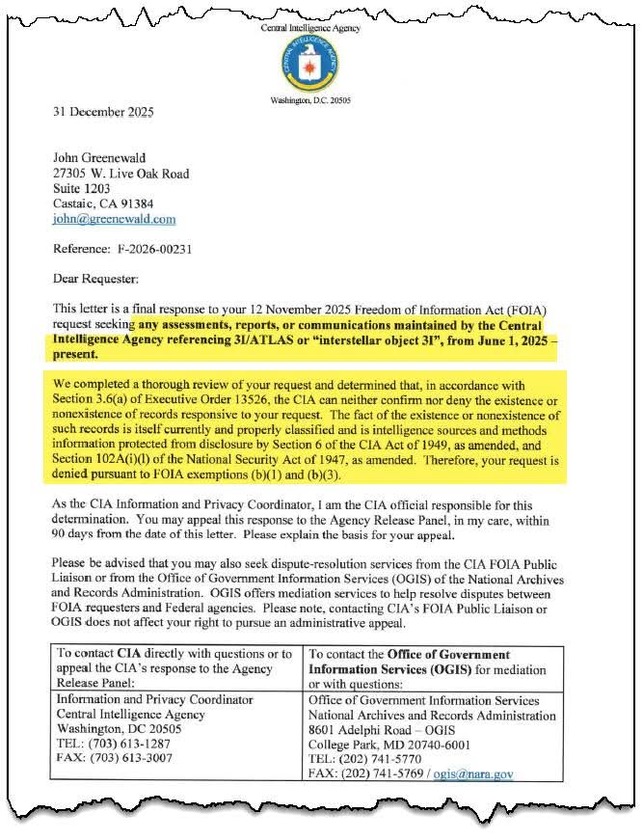On December 1, the Reserve Bank of India launched its first retail digital Rupee pilot with a closed user group. Initially, it involves the four state-owned banks – State Bank of India, ICICI Bank, Yes Bank and IDFC First Bank – that provide smartphone wallets to enable access.
The first video demos of the central bank digital currency (CBDC) show the previously announced use of tokens using the same denominations as physical cash. The wallet address is associated both with the phone’s sim card and a bank account.
However, rather than using a bank account, the mobile app offers the option of using the Indian Aadhar identity and later topping up using the UPI payment method. There’s also the option of creating a ‘basic’ wallet without providing an identity. Like other central banks, any wallet not attached to an identity will likely have transaction limits.
e Rupee Digital Currency Demo
The challenge of consumer adoption
For countries with advanced payment systems such as India, a key CBDC challenge will be consumer adoption. Many of the people that are likely to use the eRupee wallet already use UPI for digital payments, which acts like a virtual debit card. So it’s not surprising that we’ve already seen several comments on social media where people are puzzled about why they’d use a CBDC rather than UPI.
This comes back to the motivations behind the digital rupee. The stated top drivers are to reduce the costs of distributing physical cash and for financial inclusion. While that is the central bank agenda, it might not match consumer motivations. People prefer to pay with cash for a variety of reasons. It might be out of habit and convenience, or because they don’t own a smartphone or lack internet access, or a desire to avoid having transactions monitored. The app might not address these issues at these early stages.
Financial inclusion could be a more significant driver. For example, in India ration cards are used for the poor to buy basic foodstuffs. A digital rupee could replace ration cards with the use of money restricted to spending on foodstuff. But if a person needs a ration card, they might not be able to afford a phone. However, the central bank has plans for secure offline CBDC payments, which might include smart cards. A mobile wallet could be used for agricultural payments, with spending restricted to farming inputs.
One of the key benefits of a digital Rupee is to drive the digital economy. It could offer consumer benefits over and above UPI by combining a CBDC with programmable features, automation and smart contracts that will appeal to tech-savvy early adopters.
During just one month, India has rolled out both a wholesale and retail CBDC pilot. The speed at which India has got this far is rather impressive.
India's Central Bank Digital Currency – Retail (e₹-R) Pilot



























